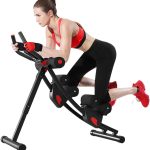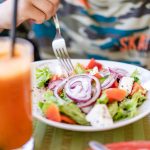Energy Foods Revolution: Uplifting, Science-Based Guide to The Encyclopedia of Power Foods E-books
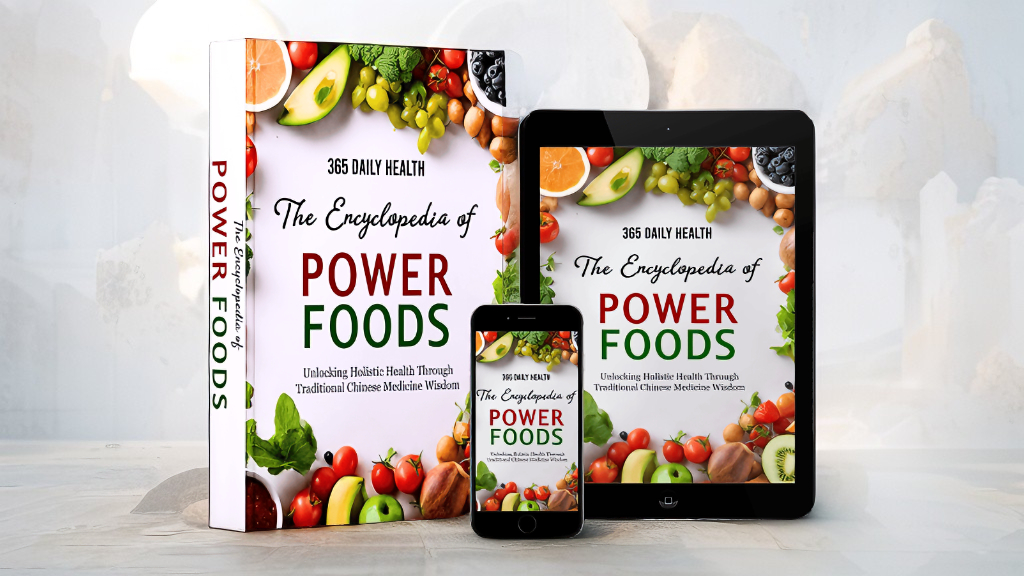
Energy Foods Revolution: Uplifting, Science-Based Guide to The Encyclopedia of Power Foods E-books.
If you wake up tired, crash after lunch, and grab random snacks that promise stamina but deliver jitters, you are not alone. The modern food environment makes “eat for energy” sound simple and then buries you in contradictions. This article clears the noise with a compassionate, practical look at energy foods you can use today, and it shows how The Encyclopedia of Power Foods E-books turns scattered advice into an organized playbook you can actually follow.
We will spotlight a real problem most people face chronic fatigue despite eating enough—and solve it with innovative, real-world strategies: choosing energy foods with steady fuel, learning timing tactics for work and workouts, and building a week of repeatable meals that do not break your budget. Everything is written in plain English so you can copy it into WordPress, use it on mobile, and most importantly, live it without friction.
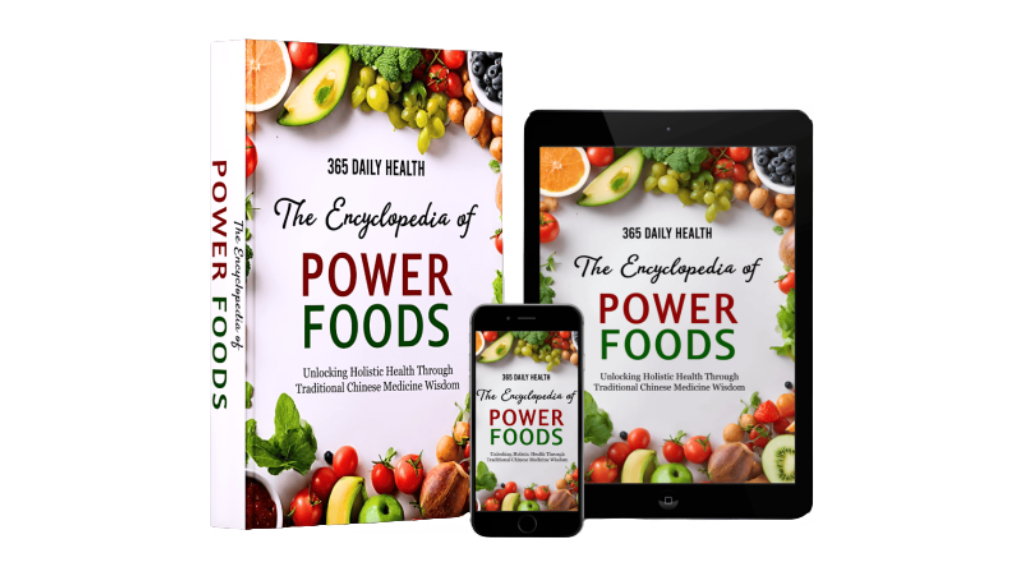
What “energy foods” really means (and why you still feel exhausted)
For this guide, energy foods are simply foods that help you sustain alertness, mood, and physical performance without crashes. It is not about miracle powders. It is about predictable combinations of complex carbohydrates, fiber, protein, healthy fats, and hydration-supporting minerals. When people switch to energy foods with this balance, they often notice smoother mornings, fewer afternoon slumps, and fewer late-night cravings.
The quality carbohydrate rule
You have heard that carbs are “bad,” but the more honest truth is quality, quantity, and context. Choose energy foods with complex carbohydrates—oats, whole grains, beans, root vegetables, and fruit—because they deliver glucose gradually. Pair those with protein and you get a stable curve, not a roller coaster. Refined sweets can fit occasionally, but they are not the backbone of energy foods that last beyond one meeting.
Fiber: the quiet powerhouse
Fiber slows digestion, steadies blood sugar, and feeds gut microbes that produce short-chain fatty acids—molecules tied to metabolic health. Aim for 25–35 grams daily from energy foods like legumes, berries, greens, and intact grains. Practical hack: pre-cook a pot of lentils on Sunday so energy foods are ready for fast bowls all week.
Protein: the anchor
Protein drives satiety and muscle repair. In a real plate built from energy foods, think palm-size portions of eggs, Greek yogurt, tofu, fish, chicken, or beans and quinoa together. Most people feel better when protein shows up at breakfast rather than only at dinner.
Fats that support focus
Healthy fats—extra-virgin olive oil, nuts, seeds, avocado support hormones and stabilize energy. Include a thumb or two per meal alongside energy foods that provide complex carbs and protein. For some people, a bit of medium-chain triglycerides in coffee or yogurt can feel helpful, but whole-food sources should come first.
Micronutrients: the missing link in many “energy foods” lists
You can hit your macros and still feel wiped out if you ignore micronutrients. Smart energy foods also deliver vitamins and minerals involved in energy metabolism.
B-vitamins and iron
B-vitamins help turn food into usable fuel; iron carries oxygen to tissues. Build energy foods around leafy greens, legumes, eggs, fortified whole grains, and lean meats if you eat them. If you struggle with iron, pair plant sources with vitamin C (citrus, bell pepper) to improve absorption. Always consult a professional before supplementing.
Magnesium, potassium, and electrolytes
Office fatigue is often low-grade dehydration. Favor energy foods that naturally carry minerals—bananas, potatoes (with skin), beans, yogurt, and mineral water. Add a pinch of salt to homemade soups if you train or sweat heavily.
Timing tactics: when “energy foods” work hardest for you
Timing transforms ordinary meals into strategic fuel. Use these tactics to match energy foods with your day:
Breakfast that actually turns the lights on
Skip the pastry-and-coffee combo that spikes and crashes. Choose energy foods like overnight oats with chia, Greek yogurt, berries, and a spoon of nut butter. Or build a savory bowl: eggs, sautéed greens, roasted potatoes, and avocado. You get fiber, protein, and steady carbs—fuel that lasts.
The 11 a.m. fix
Many people under-eat early, then over-eat at lunch. A small snack built from energy foods—an apple with almonds, hummus with carrots, or yogurt with oats—keeps your mood level and curbs the 3 p.m. scramble.
Pre-workout and post-workout
About 60–90 minutes before training, choose energy foods that are easy to digest: a banana with yogurt, toast with peanut butter, or rice with eggs. After training, mix protein with complex carbs—salmon with quinoa, tofu stir-fry with rice, or a bean-and-corn bowl—to restore glycogen and repair muscle.
A repeatable 7-day plan built around “energy foods”
This plan keeps cooking simple and grocery lists tight. Batch-cook once; assemble fast all week. Use these energy foods combinations as templates and swap ingredients based on budget or culture.
Day 1
- Breakfast: Overnight oats with chia, berries, and yogurt.
- Lunch: Lentil-quinoa salad with cherry tomatoes, cucumbers, olive oil, and lemon.
- Snack: Apple + almonds.
- Dinner: Sheet-pan chicken (or tofu), sweet potatoes, and broccoli with tahini.
These are straightforward energy foods that deliver fiber, protein, and minerals.
Day 2
- Breakfast: Scrambled eggs, sautéed spinach, whole-grain toast, and avocado.
- Lunch: Chickpea-tuna (or chickpea-only) mash with celery on rye.
- Snack: Yogurt with oats and cinnamon.
- Dinner: Salmon (or tempeh) with brown rice and green beans.
Consistency matters more than perfection; string together energy foods you enjoy.
Day 3
- Breakfast: Smoothie—banana, spinach, kefir or soy milk, oats, and flax.
- Lunch: Leftover salmon/tempeh bowl over quinoa with veggies.
- Snack: Hummus + carrots and peppers.
- Dinner: Whole-wheat pasta with tomato-lentil sauce and olive oil.
This is a family-friendly way to serve energy foods without special requests.
Day 4
- Breakfast: Greek yogurt parfait with berries and walnuts.
- Lunch: Burrito bowl with beans, brown rice, salsa, cabbage, and avocado.
- Snack: Pear + pumpkin seeds.
- Dinner: Stir-fry tofu (or chicken) with vegetables and soba noodles.
Balanced plates of energy foods stabilize afternoon focus.
Day 5
- Breakfast: Oat-banana pancakes topped with yogurt.
- Lunch: Sardines (or white beans) on toast with arugula and lemon.
- Snack: Cottage cheese with pineapple.
- Dinner: Baked potatoes (skin on) with chili made from beans, tomatoes, and peppers.
Potatoes get unfair press; cooked right, they are classic energy foods with potassium.
Day 6
- Breakfast: Savory oats with eggs and spinach.
- Lunch: Farro salad with roasted vegetables and feta (optional).
- Snack: Trail mix (nuts, seeds, a few dark chocolate chips).
- Dinner: Rice noodle soup with tofu, mushrooms, and bok choy.
Broth-based meals hydrate while delivering energy foods you can sip.
Day 7
- Breakfast: Whole-grain waffles with yogurt and berries.
- Lunch: Leftover soup with a side salad and olives.
- Snack: Banana + peanut butter.
- Dinner: Grilled fish (or tofu) tacos with cabbage slaw and corn tortillas.
Celebrate with color and texture; joyful plates of energy foods are easier to maintain.
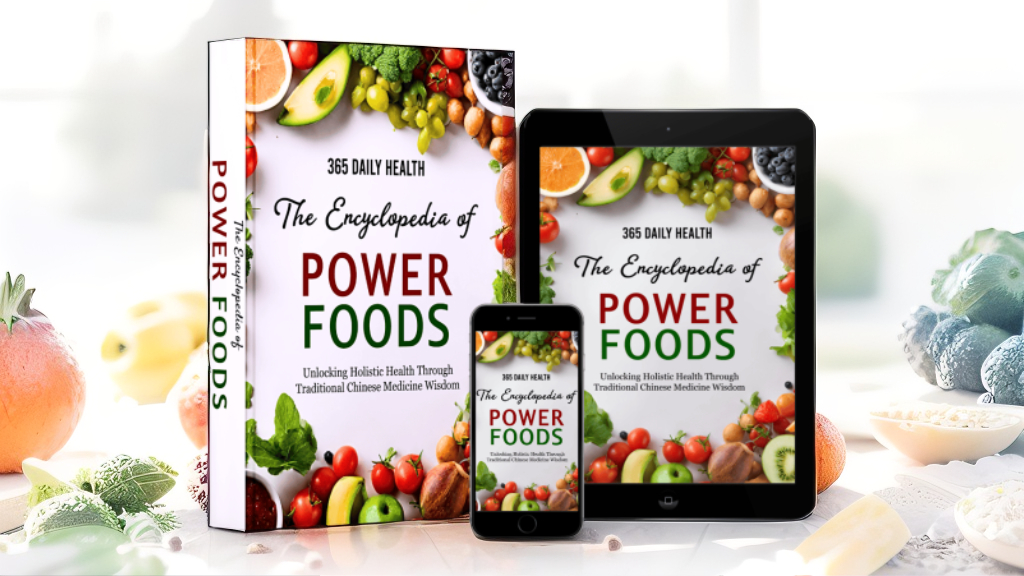
Special cases: tailoring “energy foods” to your life
Desk workers and students
Long sitting and high cognitive demand drain you. Prioritize water, regular meals, and energy foods that include protein at breakfast. Pack snacks so the vending machine is not your default.
Parents and shift workers
Sleep debt magnifies cravings. Use freezer-ready energy foods (soup, chili, pre-cooked grains) and set calendar reminders to eat before you are ravenous. Keep fruit and nuts visible on the counter.
Athletes and heavy lifters
You need more total calories, sodium, and carbs. Build bigger plates from energy foods you digest well, then test pre-workout timing in low-stakes sessions before game day.
Vegetarians and vegans
It is completely possible to thrive. Combine legumes and grains for protein, and emphasize iron-rich energy foods like lentils, tofu, pumpkin seeds, and leafy greens with vitamin C sources.
Innovation spotlight: The Encyclopedia of Power Foods E-books
Scrolling social media will never replace a curated resource. The Encyclopedia of Power Foods E-books organizes energy foods by goal (steady focus, muscle recovery, gut calm, travel-friendly) and by situation (breakfast rush, meeting marathon, pre-workout). Instead of one huge list, you get short, usable pages with shopping lists, swaps, and 10-minute recipes. It is not a miracle cure; it is a structure you can trust when life gets messy.
What makes it different
- Evidence-aware summaries. Short notes explain why certain energy foods are useful—for example, fiber + protein at breakfast for satiety.
- Cultural flexibility. Choose from global staples so your energy foods feel familiar, not foreign.
- Budget options. Beans, canned fish, frozen vegetables—your wallet can live with these energy foods.
- Practical scripts. “If you have 5 minutes, do this.” Tiny checklists turn theory into action.
Who it helps most
- People who are done with one-size-fits-all menus.
- Beginners who want a single source to learn energy foods without scrolling for hours.
- Busy professionals who need a repeatable meal rhythm and a simple shopping plan.
Myths vs. facts about “energy foods”
Myth: You must go low-carb to have steady energy.
Fact: Many people feel best with balanced plates: complex carbs + protein + fat + fiber. The right energy foods prevent spikes and crashes without extremes.
Myth: Coffee is the only solution.
Fact: Caffeine helps alertness, but hydration, sleep, and mineral-rich energy foods are the true base. Use coffee as a tool, not a crutch.
Myth: Superfoods are rare and expensive.
Fact: Oats, lentils, potatoes, and bananas are humble energy foods that deliver day after day.
Frequently asked questions
How quickly will I feel a difference?
Some people notice steadier mornings within a week of switching to energy foods with protein at breakfast, a smart snack before lunch, and a balanced dinner.
Do I need supplements?
Food first. If a clinician finds a deficiency (iron, B-12, vitamin D), targeted supplementation may help. Most readers do fine focusing on energy foods that supply a broad nutrient base.
What if I hate cooking?
Batch once, assemble many times. Rotating bowls, wraps, and trays keep energy foods interesting with minimal effort.
Can kids eat this way?
Generally yes—colorful plates and familiar textures matter. Adapt portion sizes and avoid choking hazards. For medical conditions, follow professional guidance.
A simple checklist you can print
- Drink water with a pinch of salt if you sweat or work in hot rooms.
- Put protein on the plate at breakfast.
- Pre-cook one pot of beans or lentils weekly.
- Keep fruit and nuts visible.
- Build dinners from a template: protein + complex carb + vegetables + fat.
- Write a two-line log: what energy foods you ate and how you felt.
Final word: permission to keep this simple
There is power in small, steady habits. Pick two ideas from this guide—protein at breakfast and a pre-lunch snack—and run them for seven days. If you feel better, keep going. If you need structure, The Encyclopedia of Power Foods E-books can sit on your phone like a coach in your pocket, reminding you which energy foods to choose when you are tired and short on time. Real change starts with the next plate.
Label reading and smart shopping (so your cart matches your goals)
Grocery stores are designed to grab your attention with claims like “natural,” “light,” and “fortified.” A calmer, clearer approach works better. Scan the first five ingredients and ask: is this mostly a whole food, or is it a dessert dressed up as breakfast? Aim for short lists you can pronounce. For grains, look for “whole” or “steel-cut” on the label. For yogurt, choose plain and add fruit yourself; this keeps sugar predictable. Canned beans and fish are cost-effective; drain and rinse beans, and keep…
A quick rule for shelf items: if the serving delivers fiber, protein, and some healthy fat—and the sodium fits your needs—it probably belongs in your rotation. If it leaves you hungrier than before, it is likely engineered for hyper-palatability rather than stamina. Choose energy foods daily. There is no need to moralize food, but there is value in matching your choices to how you want to feel at 10 a.m., 3 p.m., and 9 p.m. When in doubt, choose energy foods. Simply choose energy foods.
Red flags that steal your stamina
Beware of “energy” bars with a candy-bar ingredient list, drinks that combine high doses of caffeine with little else, and breakfast cereals that lead with sugar. If a label promises miracle metabolism without showing protein, fiber, or meaningful micronutrients, it is selling hope rather than help. Separately, remember that under-eating can be as draining as over-eating. If your afternoon slump disappears the moment you add a real lunch, you found an easy win. Every day.
Cultural swaps and budget moves
You do not need expensive novelties to feel better. Build plates from familiar staples: ful medames with tomatoes and olive oil, rice with lentils and onions, whole-grain flatbread with egg and herbs, couscous with chickpeas and roasted vegetables. The secret is consistency: when the plan fits your culture and budget, you repeat it. Repetition, not perfection, delivers the steady vitality most people are chasing.
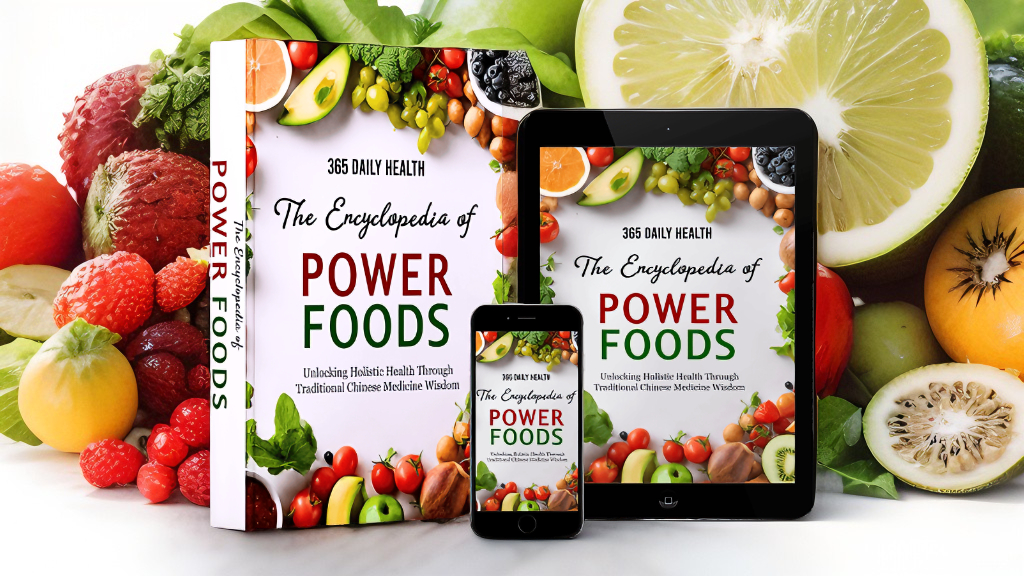
A word on safety and personalization
This article is for general education. If you have a medical condition, are pregnant or nursing, or take prescription medications, consult a qualified professional before changing your diet. If a clinician identifies a deficiency, follow their care plan. Keep notes on meals and energy across the week; patterns will tell you more than any headline.
